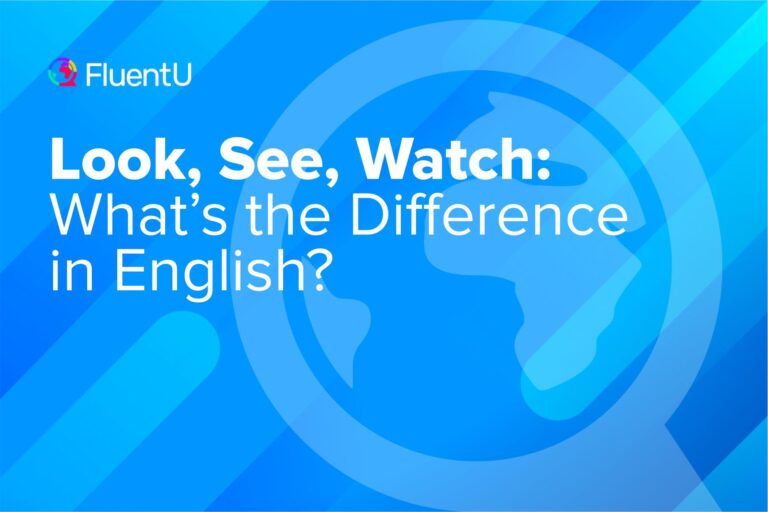Guide to Gender in English Grammar

Understanding how gender works in English is crucial for proper communication. This is especially true when it comes to pronouns as well as certain nouns and titles.
Fortunately, English has a much simpler gender system compared to many other languages. This guide will walk you through all the basics of gender in English grammar.
Download: This blog post is available as a convenient and portable PDF that you can take anywhere. Click here to get a copy. (Download)
What is Gender in English Grammar?
English primarily uses gender in pronouns (e.g., he, she, they) and certain gendered nouns (e.g., actor/actress) and titles (e.g., Mr., Mrs.).
English nouns can be classified as masculine, feminine, neuter or common. Neuter nouns refer to objects without gender (e.g., table, car), which comprise the majority of nouns in English. Common gender nouns can be either male or female (e.g., teacher, doctor).
English pronouns can be masculine, feminine or gender-neutral. Unlike some languages with more complex gender systems, you won’t have to worry about using gendered adjectives or articles in English.
Gendered Nouns
English nouns can be categorized based on gender, though this distinction is not as strict or extensive as in some other languages. The main categories are:
| Gender | Description | Examples |
|---|---|---|
| Masculine | Refers to male persons or animals | boy
dad uncle king bull |
| Feminine | Refers to female persons or animals | girl
mom aunt queen cow |
| Common | Refers to persons or animals that can be either male or female | child
artist friend pilot cat |
| Neuter | Refers to inanimate objects, abstract concepts or animals of unspecified gender | table
car love tree fish |
As you can see, some nouns have a masculine and feminine version. Here are some more examples of this:
| Masculine | Feminine |
|---|---|
| man | woman |
| father | mother |
| son | daughter |
| brother | sister |
| husband | wife |
| groom | bride |
| prince | princess |
| sir | madam |
| gentleman | lady |
| god | goddess |
| duke | duchess |
| wizard | witch |
Gender in Professional Titles
Many professional titles can be used for males and females. For example:
• lawyer
• doctor
• accountant
• bank teller
• teacher
• professor
• singer
• musician
Other professional titles have a masculine and feminine version. Many of these gendered titles use the suffix “man” or “woman” to indicate gender.
While some of these gendered terms are still in use, there’s a growing preference for gender-neutral terms. Next to the gendered titles below, you’ll see the gender-neutral alternatives that often replace them.
Another method English uses to distinguish men and women is by adding the suffix “-ess” to the masculine form to make it feminine.
You may have noticed this suffix on some of the gendered nouns we went over earlier, such as “princess” and “goddess.”
| Masculine | Feminine | Gender-neutral |
|---|---|---|
| actor | actress | actor |
| waiter | waitress | waiter or server |
| host | hostess | host |
| steward | stewardess | flight attendant |
| headmaster | headmistress | headteacher |
As you can see, for some job titles such as “actor” and “host,” the form that was traditionally masculine is now being used for any gender.
Gender in Courtesy Titles
Beyond occupations, there are also traditional gendered titles that are sometimes used to address people in formal contexts. These go before a person’s last name or full name and are often used in professional writing.
| Title | Used for |
|---|---|
| Mr. (short for "Mister") | men, regardless of marital status |
| Mrs. (short for "Missus") | married women |
| Miss | unmarried women |
| Ms. | women, regardless of marital status |
In modern times, some people have started using the more inclusive title Mx., which doesn’t indicate marital status or gender.
Gendered Terms for Animals
There are many names for animals that have two forms, one for males and one for females. Bear in mind that in some cases, the gender-neutral word used to refer to the whole group is a third, different noun (like “horse”).
Other times, the whole group is usually referred to with the male form (“lion”) and, in very few cases, the feminine is used for the whole group (“duck”). You’ll see that, again, the “-ess” suffix is often used for the feminine form.
| Animal | Male | Female |
|---|---|---|
| chicken | rooster | hen |
| cattle | bull | cow |
| horse | stallion | mare |
| dog | dog | bitch |
| cat | tom | queen |
| pig | boar | sow |
| deer | buck | doe |
| goat | billy | doe |
| sheep | ram | ewe |
| lion | lion | lioness |
| tiger | tiger | tigress |
Again, some of these terms aren’t commonly known. For example, not many people know that female cats are technically called “queens.”
Gendered Pronouns
Pronouns in English reflect the gender of the nouns they replace. The most commonly used gendered pronouns are:
| Gender | Used for | Pronouns | Example |
|---|---|---|---|
| Masculine | males | he
him his | John said he would help. |
| Feminine | females | she
her hers | Mary loves her new coat. |
| Neuter | objects or things without gender and for animals when gender is unknown | it
its | The dog is cute. It's very playful. |
| Gender-Neutral/Non-Binary | individuals who don't identify strictly as male or female and when the gender is unknown | they
them their | Sam said they would bring their own lunch. |
We use masculine pronouns to refer to masculine nouns (typically people). For example:
The boy is very smart. He always gets good grades in school.
In the same way, we use feminine pronouns to refer to feminine nouns:
My mom loves to read. She always has a book in her hand.
The same goes for neuter objects and neuter pronouns:
Our car is really old. We bought it 20 years ago.
If a person identifies as non-binary (or doesn’t identify as either male or female), we can use gender-neutral pronouns to refer to them. You may hear people introduce themselves with their preferred pronouns so you know how to refer to them.
Gender-neutral or non-binary pronouns are the same ones we use for multiple people in the third person. For example:
My friends are really funny. They always make me laugh.
When used as gender-neutral pronouns, “they” can also be used to refer to one person. We use the same verb forms that we use for a group of people. For example:
My friend Mae is non-binary. They live next door to me.
Gender-neutral Language
English is increasingly embracing gender-neutral language. For example, you may hear or see it when someone is talking or writing about a non-specified person or people in general.
Say someone’s talking about what a student should do if they need help at school. This student could be male, female or non-binary. Historically, it’s been most common to use masculine pronouns to refer to the hypothetical student. For example:
If a student needs help, he should ask the teacher.
However, it’s becoming more common to use gender-neutral pronouns instead. For example:
If a student needs help, they should ask the teacher.
This makes it clear that the student could be any gender and doesn’t leave anybody out.
While English has fewer gender distinctions than many other languages, knowing how to use gendered and gender-neutral words correctly is essential. You can get exposed to gender in English grammar with an immersive language learning program like FluentU.
FluentU takes authentic videos—like music videos, movie trailers, news and inspiring talks—and turns them into personalized language learning lessons.
You can try FluentU for free for 2 weeks. Check out the website or download the iOS app or Android app.
P.S. Click here to take advantage of our current sale! (Expires at the end of this month.)

Practice using these words and pay attention to how gender is expressed in different contexts to refine your language skills further.
And One More Thing...
If you like learning English through movies and online media, you should also check out FluentU. FluentU lets you learn English from popular talk shows, catchy music videos and funny commercials, as you can see here:
The FluentU app and website makes it really easy to watch English videos. There are captions that are interactive. That means you can tap on any word to see an image, definition, and useful examples.
For example, when you tap on the word "searching," you see this:
Learn all the vocabulary in any video with quizzes. Swipe left or right to see more examples for the word you’re learning.

FluentU helps you learn fast with useful questions and multiple examples. Learn more.
The best part? FluentU remembers the vocabulary that you’re learning. It gives you extra practice with difficult words—and reminds you when it’s time to review what you’ve learned. You have a truly personalized experience.
Start using the FluentU website on your computer or tablet or, better yet, download the FluentU app from the iTunes or Google Play store. Click here to take advantage of our current sale! (Expires at the end of this month.)










